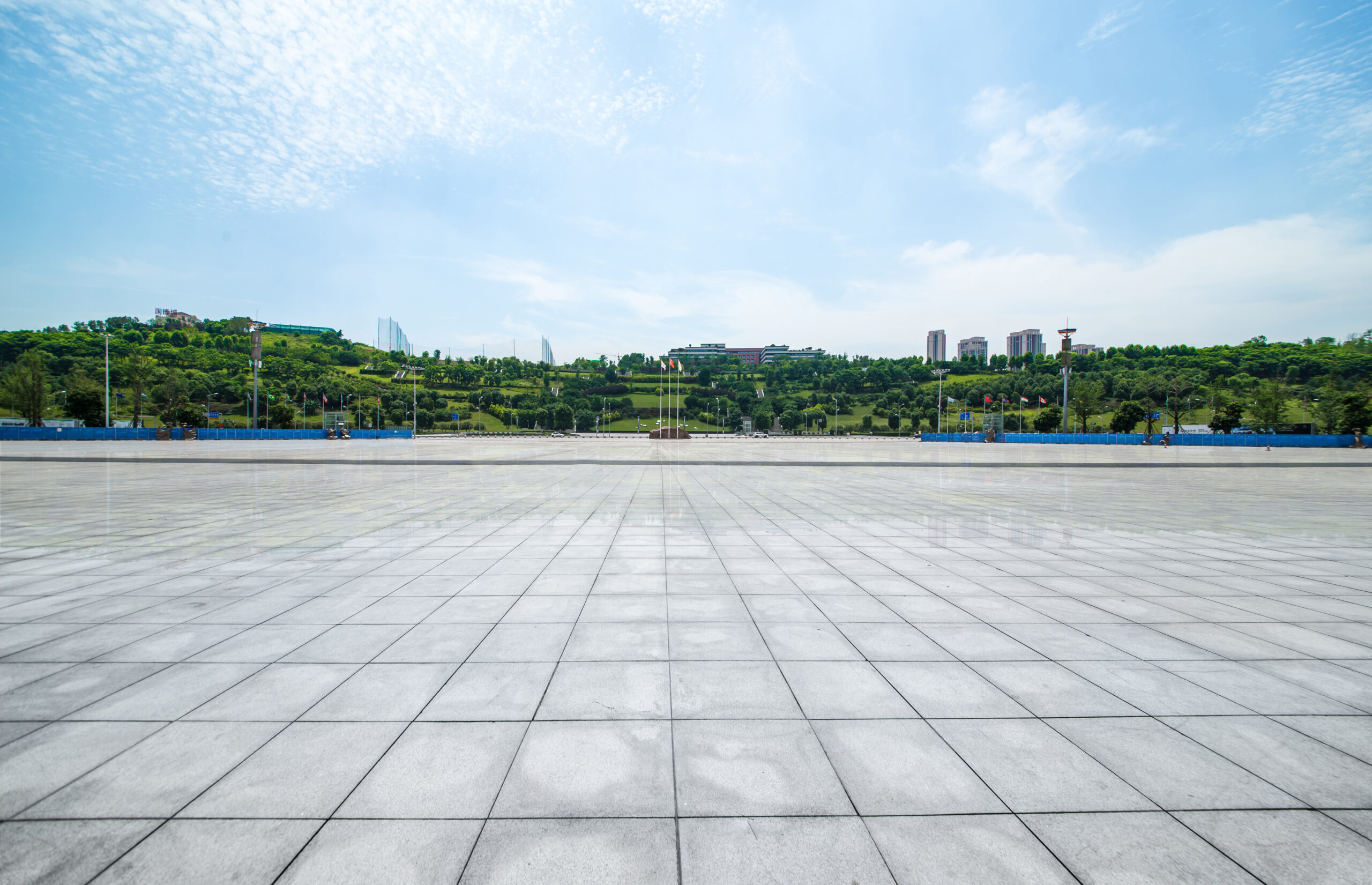Let’s be real folks, no matter how much you are putting off repairing those concrete cracks, you can’t hush that little voice on the back of your head telling you to get them fixed. The little voice is right and you need to sort those cracks ASAP. In this article, we will detail why you need to get rid of those concrete cracks and what happens if you don’t.
Concrete Cracks Are More Than an Eyesore
That’s true. Concrete cracks are much more than a patch of unsightly areas on your property. There can be a serious aftermath to a property with concrete cracks. Here are all the dangers associated with leaving your concrete cracks untreated:
Compromised Structural Integrity
Concrete cracks grow and deteriorate in the worst way possible with time. Leaving them as they are will eventually compromise the structural integrity of your property. Cracks lead to the weakening of the concrete structure which renders it incapable of bearing loads and crumbling.
Water Damage
Concrete cracks are like voids that cannot hold water off. As a result, water will penetrate these structures causing all sorts of problems like erosion, expansion, and contraction. The freezing temperatures in some areas will make matters worse if the cracks are left untreated. While concrete is porous, it is also breathable and will hold water off if not cracked. Cracks in concrete will lead to all kinds of problems like spalling and deterioration.
Safety Hazard
Concrete cracks are a safety hazard for both pedestrians and vehicles. These cracks pose a serious tripping hazard to little children and the elderly. From minor nose bleeds to severe fractures, concrete cracks can be deadly. Vehicle damage is also quite common.
Unsightly Part of the Property
Concrete cracks look bad and detract from the overall look of the property. If you are looking to sell your property sometime in the future, make sure to get through those cracks because they will certainly devalue the property.
How to Fix Concrete Cracks
Knowing what kind of cracks you’re dealing with will help you treat them better. Let us first understand the types of cracks out there and how to deal with each type.
Crack Classification
Not all cracks are created equal, and the best repair method depends on the severity and type of crack. Here’s a breakdown of the most common concrete cracks you might encounter in your Long Island, Brooklyn, or Queens home:
- Hairline Cracks (Less than ¼ inch wide): These are generally considered cosmetic and pose minimal structural risk.
- Surface Cracks (¼ inch to ½ inch wide): These cracks can allow water infiltration and should be addressed to prevent further damage.
- Structural Cracks (Greater than ½ inch wide, or accompanied by movement): These cracks indicate potential foundation issues and require professional evaluation and repair.
Crack Repair Strategies
Now that you’ve identified your enemy, let’s explore some battle plans!
Hairline Crack Hacks:
- Crack Filler: For hairline cracks, a simple concrete crack filler can do the trick. Clean the crack thoroughly, apply the filler according to the manufacturer’s instructions, smooth it out, and voila! Be sure to choose a filler suitable for exterior use.
- Epoxy Injection: For a more durable solution, consider epoxy injection. This method involves injecting a special epoxy resin into the crack to create a permanent bond. While slightly more involved than using a filler, epoxy injection offers superior strength and weather resistance.
Surface Crack Smackdown:
- Caulking: For surface cracks, a good quality caulk designed for concrete can be an effective solution. Similar to using a filler, clean the crack thoroughly, apply the caulk according to the manufacturer’s instructions, and smooth the surface.
- Polymeric Sand: For cracks accompanied by uneven slabs, polymeric sand offers a two-in-one solution. Polymeric sand acts as a crack filler and joint stabilizer, preventing weeds and ensuring a level surface. Clean the crack and surrounding area, apply the sand, and follow the manufacturer’s instructions for wetting and compacting.
Structural Crack Solutions
For structural cracks, it’s crucial to seek professional help. A qualified contractor can assess the cause of the crack (foundation settlement, improper drainage, etc.) and recommend the most appropriate repair method, which might involve techniques like mudjacking or slabjacking to lift and stabilize the concrete.
Bonus Tips for Long Island, Brooklyn, and Queens:
- Weather Matters: Avoid repairing cracks during freezing temperatures or periods of heavy rain. The best time for concrete repair projects is typically spring, summer, or early fall when the weather is dry and consistent.
- Safety First: When working with concrete, wear proper safety gear, including gloves, eye protection, and a dust mask.
- DIY or Pro?: For larger cracks or those accompanied by movement, don’t hesitate to call in a professional. They have the expertise and equipment to handle complex repairs and ensure a lasting solution.
When to Call a Pro:
While this article equips you with some DIY solutions for hairline and surface cracks, recognizing when to call in a professional is key. Here are some signs that your crack repair project is best left to the experts:
- The crack is wider than ½ inch: Wider cracks indicate more significant underlying issues that require professional evaluation and repair.
- The crack is accompanied by movement: If the crack seems to be getting bigger or if you notice movement in the concrete slabs, don’t hesitate to call a pro. This could be a sign of a foundation problem.
- The crack is located in a critical area: Cracks in your basement floor, foundation walls, or around your swimming pool require professional attention to ensure a proper and lasting fix.
- You’re unsure about the best repair method: If you’re unsure about the type of crack you have or the best approach to repair it, consulting a professional is the safest and most effective option.
Finding the Right Contractor:
When seeking professional help, look for a qualified and experienced concrete repair contractor in your area (Long Island, Brooklyn, or Queens). Ask for references, check online reviews, and ensure they are licensed and insured.
Remember, a timely crack fix saves you time, money, and frustration in the long run. So, grab your tools (or your phone to call a pro!), and get crackin’ on those repairs!


